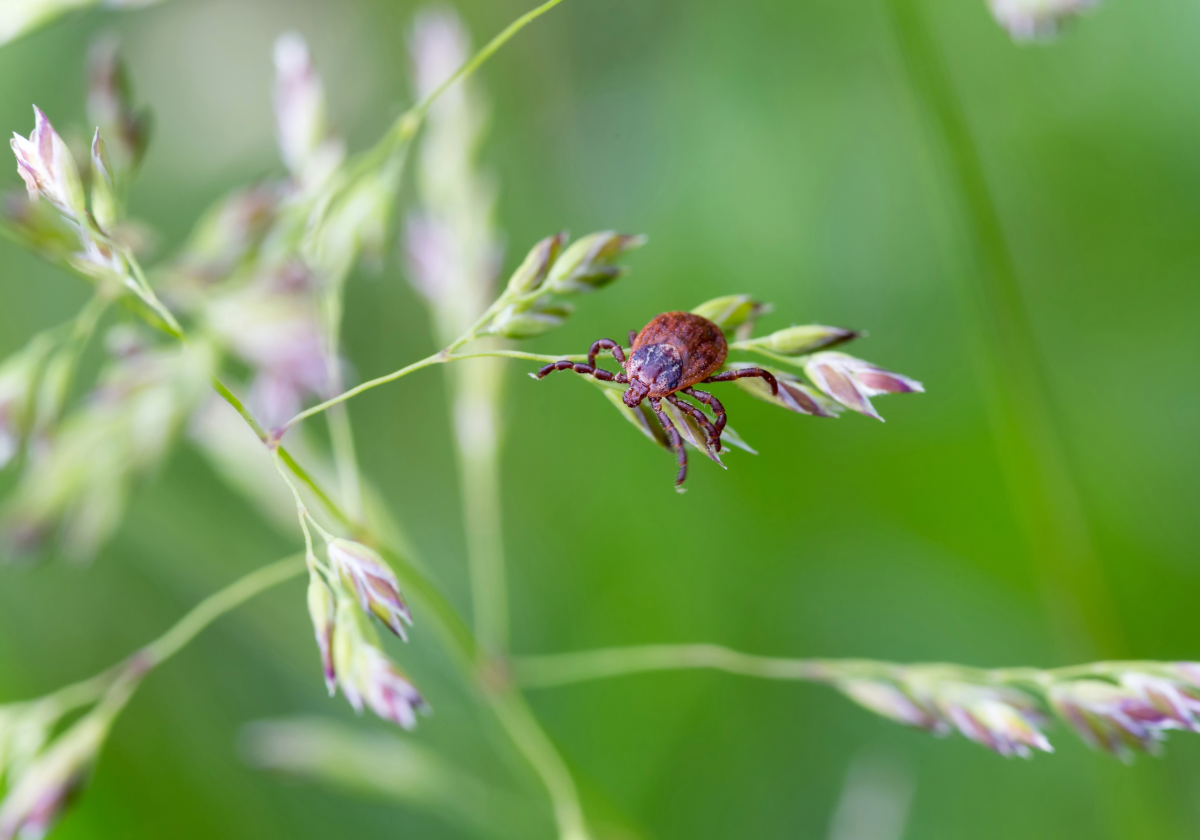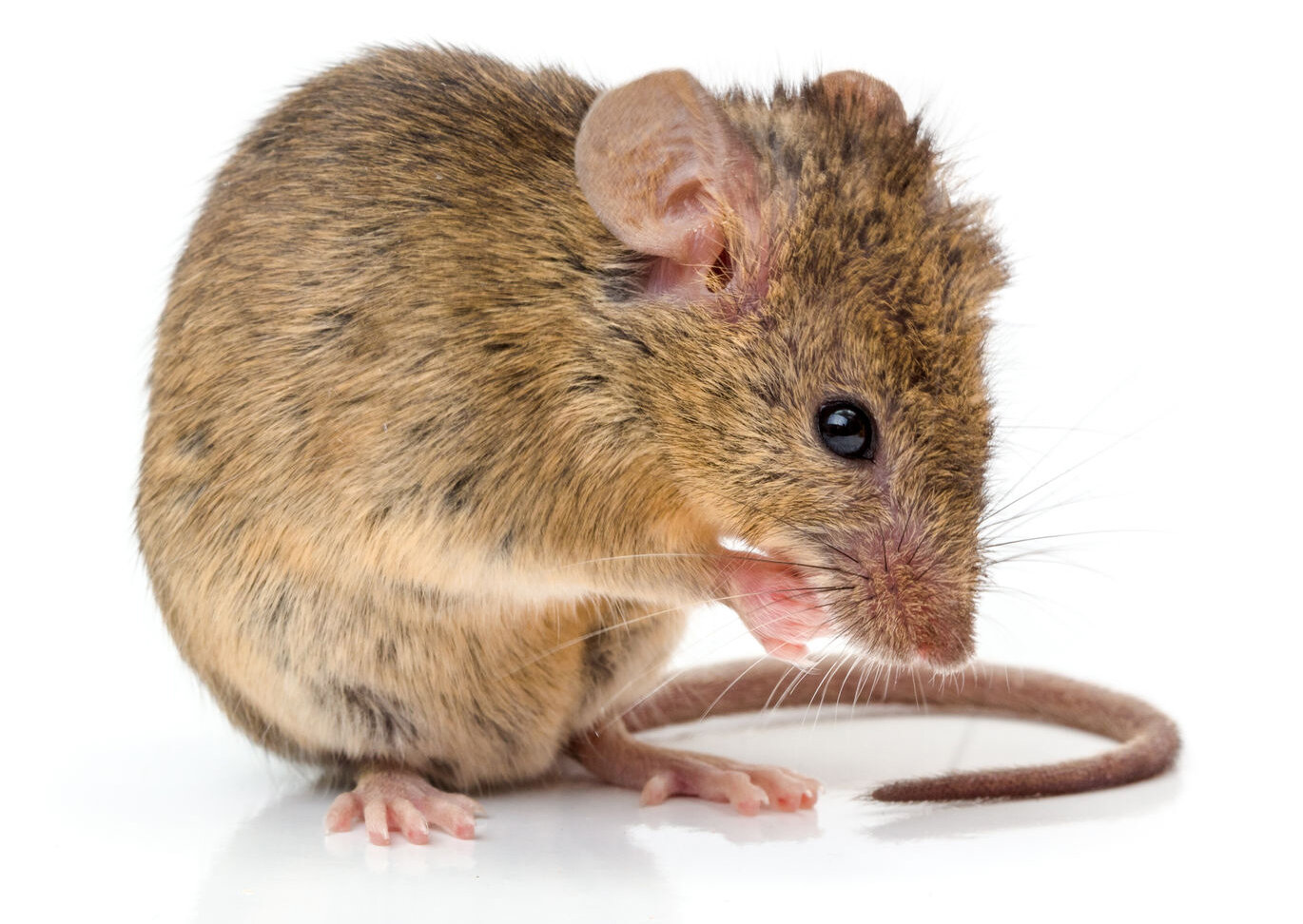Can your children bring home bed bugs?
By now, you may have heard the news that bed bugs were found infesting the summer camp dorm at Penn State’s main campus. Due to the high risk of spreading bed bugs into the children’s homes, these bloodsuckers turned a science learning opportunity into a nightmare, not only for the kids but also their families.
In order to prevent bed bugs from being brought into your home from summer camps, be proactive and prepared. Learn from credible resources what bed bugs look like and how you can tell if your children’s belongings are infested with them.
Adult bed bugs are about ¼-inch long, reddish-brown in color, and their bodies are oval and flat from top to bottom; much like an apple seed. Unlike fleas, bed bugs cannot jump, but they can crawl very fast. Nymphs are nearly colorless when hatched, becoming brownish as they mature. Females lay white, sticky, pear-shaped eggs that are approximately 1/32-inch long. The eggs are typically found in concealed areas, such as any crack, crevice or void in infested items. Bed bugs can also leave signs of their presence, such as shed skins, rusty or black pepper spots from bed bug feces, and brown to black spots of dried blood.
Once you know how to identify and recognize bed bugs and their signs, inspect your children’s belongings when they get home or before storing the items. Use a flashlight, magnifying glass, and a business card or nail file to inspect your children’s belongings. The business card or nail file can be inserted into cracks, crevices and seams to flush out any bed bugs hiding in these usual hiding places.
As a precaution, heat all clothing in a dryer at 120°F for 20 minutes. If you find bed bugs during your inspection, make sure that all infested clothing and belongings are double bagged and sealed until they are ready for the dryer treatment. Heat smaller items at home by placing them in a clothes dryer at a temperature greater than for 20-30 minutes. Or, placing infested items in a freezer at -15 °F will kill all life stages of bed bugs. (Items placed in a freezer at 32°F (0°C) will take longer: adults and nymphs die within 7-10 days; while, eggs dies in 30 days.) Make sure to read the item’s label before treatment.
For infested backpacks, suitcases, and big items that cannot be placed inside a normal home dryer, carefully bag these items and manage to have them heated in a commercial hot dryer at temperature greater than120°F for 20-30 min. These items can also be placed in a suitable freezer for two to three weeks prior to use, as applicable. Read the item’s label before treatment as heat may damage it. Another solution is to properly discard the items and buy new ones.
If live bed bugs are observed, spray isopropyl alcohol directly on the bed bugs and use a “wet wipe” to capture/remove the bug. A solution of isopropyl alcohol will kill bed bugs and sanitize the area, but there is no residue, so efficacy is based on the thoroughness of application. Be extremely careful. Rubbing alcohol and alcohol-based hand sanitizers are flammable and a fire risk.
If you are worried that bed bugs escaped and infested your home, contact your pest management professional (PMP) to perform a thorough inspection. In addition, bed bugs can be easily detected using a certified K-9 bed bug detection dog that can detect live bed bugs and viable eggs.
If a bed bug infestation is confirmed by your PMP, act quickly before they have a chance to spread and while the treatment area is confined. To achieve total elimination of bed bugs, a qualified pest management professional may use both a non-chemical treatment method, such as heat and a residual chemical treatment. Follow up treatment evaluations/re-treatments are highly recommended to ensure that the bed bugs have been eliminated. A chemical only protocol typically requires three inspections.
Be alert by raising awareness about bed bug prevention measures.
To ensure successful bed bug control in your home call a reliable
pest control company with a rich history of bed bug management and
quarantine services, such as Adam’s.



